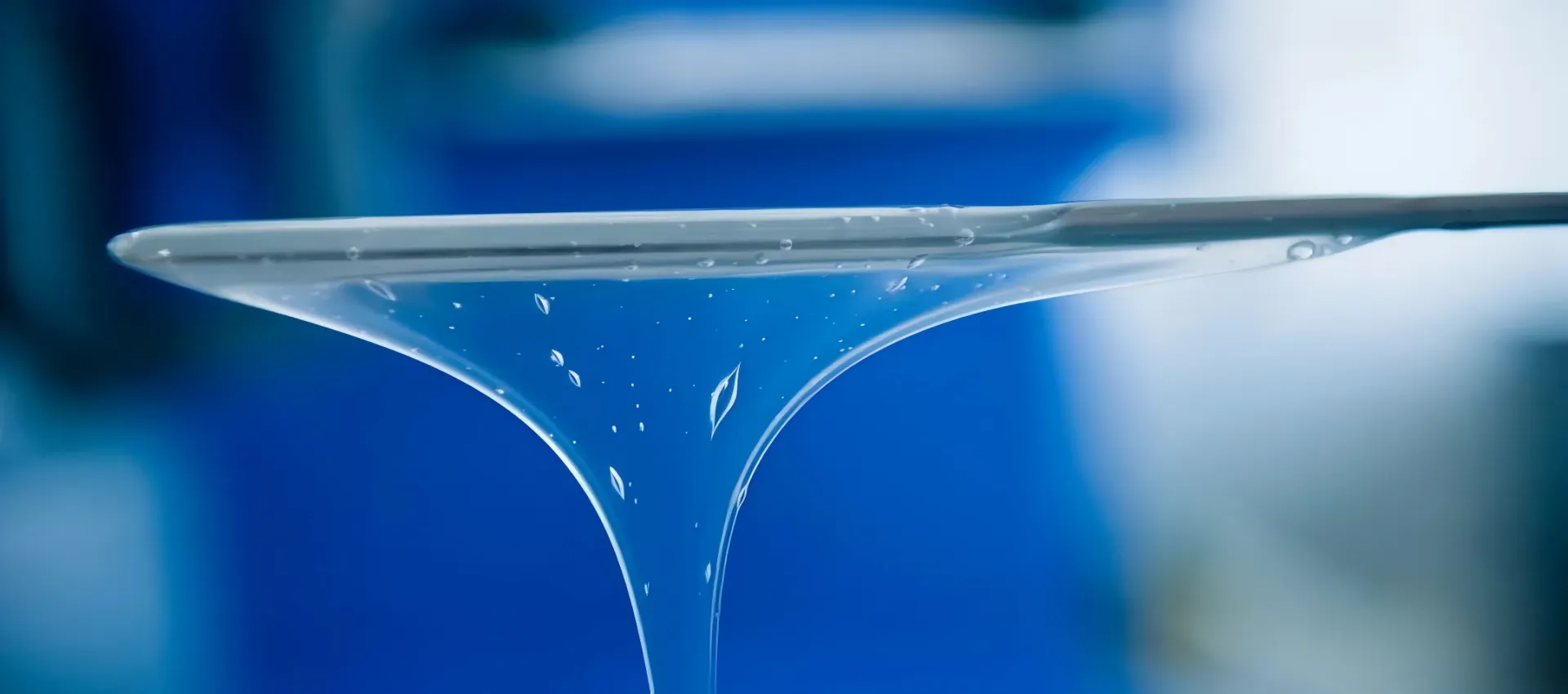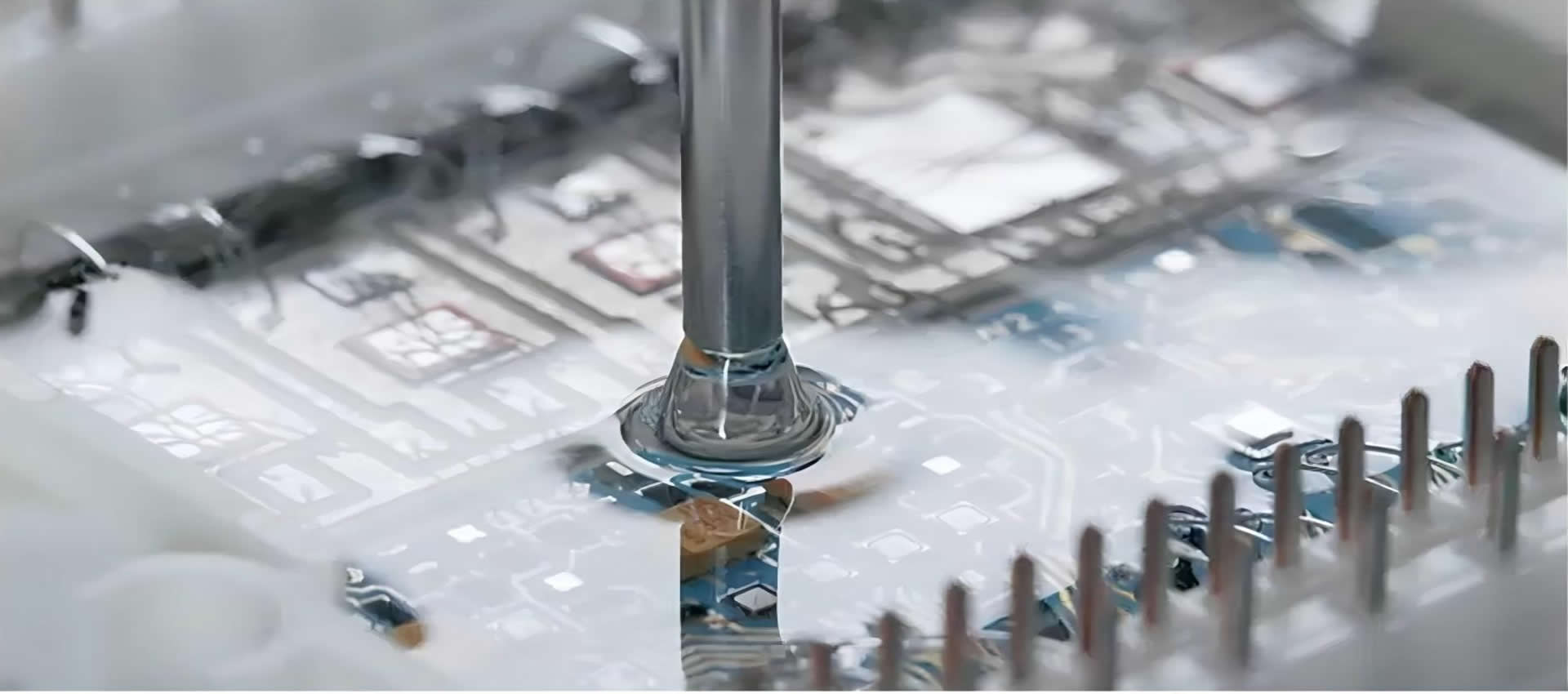
Vinyl Terminated Silicone Fluid factory

Vinyl Terminated Silicone Fluid
Everything you need to know about our products and company
Vinyl Terminated Fluids: The Secret Sauce in High-Performance Silicone Products
So, you’ve heard the term “Vinyl Terminated Fluid” buzzing around in silicone labs and factories. But what is it, really? And why is it such a game-changer? Let’s break it down—no PhD required.
Vinyl Terminated Fluids (often called vinyl-terminated polydimethylsiloxanes) are specialty silicone oils with a reactive vinyl group (-CH=CH₂) at each end of their molecular chain. Think of them as the “active connectors” of the silicone world. They’re clear, odorless liquids that look like water but behave like industrial superheroes.
Structurally, they’re built like this:CH₂=CH-Si(CH₃)₂O[(CH₃)₂SiO]ₙSi(CH₃)₂-CH=CH₂
The magic lies in those terminal vinyl groups—they’re itching to react with other chemicals, making these fluids the backbone of high-end silicone products.
Vinyl terminated fluids aren’t your average silicone oils. Here’s what sets them apart:
These fluids are the quiet workhorses in products you use daily:
Not all vinyl terminated fluids are created equal. Here’s what to watch for:
| Viscosity (cSt) | Vinyl Content (% or mmol/g) | Best For |
|---|---|---|
| 5–50 | 0.8–3.0 mmol/g | Thin coatings, precision molding |
| 100–500 | 0.15–0.37 mmol/g | General-purpose LSR, encapsulants |
| 1,000–20,000 | 0.04–0.11 mmol/g | High-strength elastomers, gaskets |
Pro Tip: Lower vinyl content = slower cure but tougher final product. Higher vinyl = faster reactions for rapid prototyping.
Vinyl terminated fluids are the unsung heroes of modern materials science. They turn ordinary silicones into customizable, high-performance solutions—whether it’s a squishy keyboard pad or a life-saving ventilator tube. And because they react cleanly, consistently, and without drama, engineers sleep better knowing their products won’t fail unpredictably.
So next time you squeeze a silicone spatula or marvel at a flexible smartwatch band, remember: somewhere in that product, tiny vinyl end-groups are holding it all together. Not bad for a clear, unassuming liquid, huh? 😉
(Want to geek out on specs? Suppliers like Dow, Guangzhou Laibao, and Hito Silicone offer viscosity charts and reactivity guides—dig in!)
Our most popular products loved by customers worldwide
Vinyl termified silicone fluids represent a specialized class of medical-grade materials engineered for advanced healthcare applications. These reactive fluids feature terminal vinyl groups that enable precise molecular customization and controlled crosslinking capabilities, making them ideal for developing implantable devices, drug delivery systems, and d.
Vinyl silicone fluid is revolutionizing cosmetic and personal care formulations through its unique reactive properties and sensory enhancement capabilities. This functional silicone material features terminal vinyl groups that enable customizable cross-linking while maintaining the characteristic smoothness of silicone-based ingredients. Vinyl sili.
Vinyl silicone fluid, as a core functional silicone product, demonstrates exceptional versatility and reliability in the industrial additives sector. Its unique molecular structure combines the flexibility of a siloxane backbone with the reactivity of terminal vinyl groups, delivering customized solutions for various industrial applications. In polymer .
Vinyl terminated fluid is emerging as a transformative additive in textile and leather manufacturing, offering a unique combination of processing enhancement and performance optimization. This reactive silicone fluid leverages its terminal vinyl groups to create durable molecular bridges with fibers and leather substrates, delivering lasting functional ben.